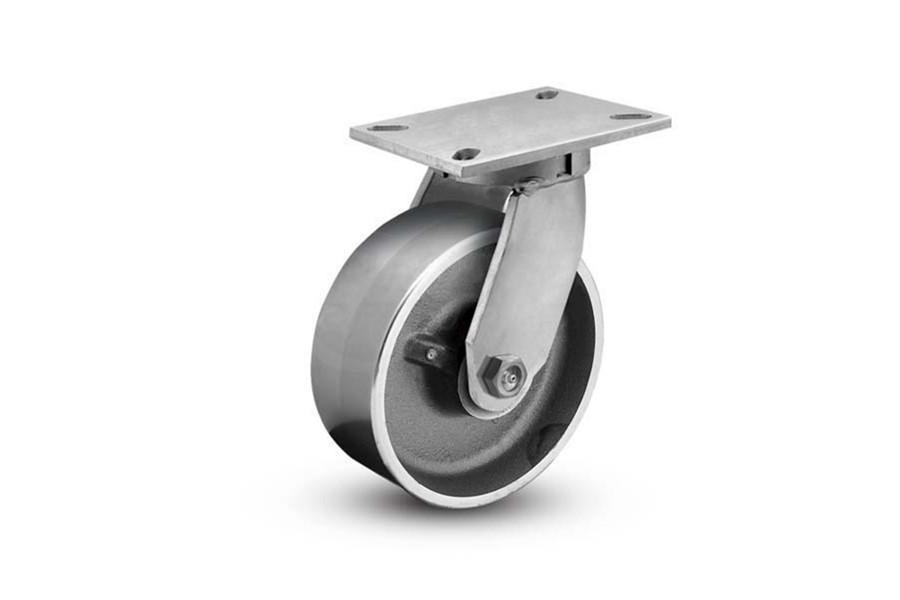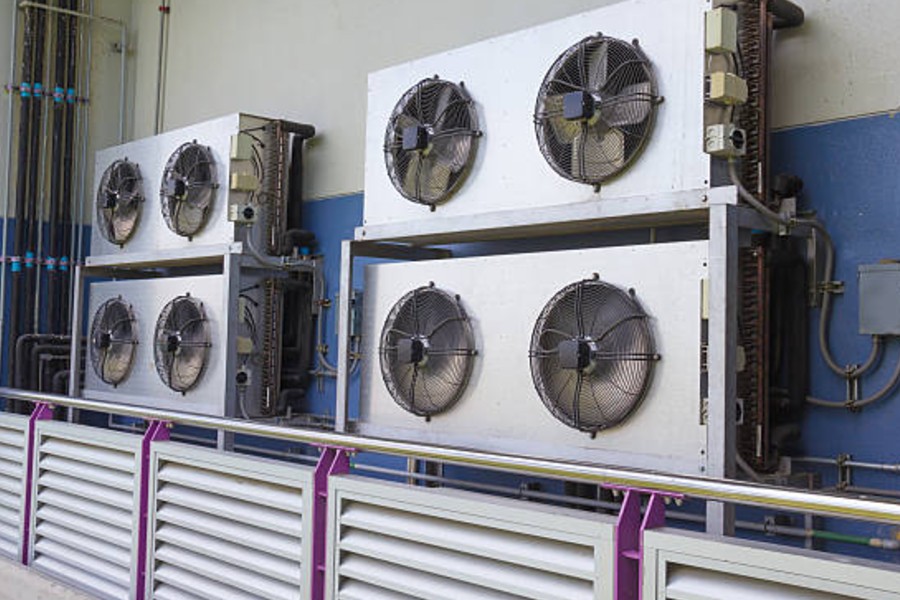
When it comes to installing steel casters and swivel casters, I’ve learned that even small mistakes can lead to big headaches down the road.
Whether you’re setting them up in your workshop, warehouse, or industrial facility, the proper installation process is crucial for ensuring smooth operation, safety, and durability. Trust me, avoiding these common mistakes can save you a lot of time, frustration, and money.
In this post, I’ll Walk you through the most common mistakes people make when installing casters and, more importantly, how you can avoid them. Let’s make sure your next caster installation goes off without a hitch!
Why Installation Matters
When installing steel or swivel casters, many people think, “It’s just a wheel, right? How hard can it be?” I used to think the same thing, but I quickly learned that improper installation can lead to uneven wear, increased risk of accidents, and the need for premature replacement. Casters are more than just wheels—they’re vital components that keep equipment moving smoothly, so installing them correctly is key to long-term success.
Let’s dive into some of the most common mistakes I’ve seen (and made) over the years.
Mistake 1: Ignoring the Weight Capacity
The number one mistake people make is not considering the weight capacity of their casters. Every caster, whether it’s a steel or swivel type, is designed to support a specific amount of weight. If you overload it, the caster may not only wear out faster, but it can also break, leading to equipment damage or even injury.
How to avoid this:
- Always check the weight rating of your casters before installation.
- Divide the total weight of the load by the number of casters. For example, if you have a 400 lb load and four casters, each caster needs to support at least 100 lbs.
- When in doubt, go for a higher weight capacity to ensure durability and safety.
Mistake 2: Selecting the Wrong Caster Type

Not all casters are created equal, and choosing the wrong one for your application is a recipe for failure. If you’re installing steel casters in a setting that doesn’t require them, you might be adding unnecessary weight or causing damage to your floors. Similarly, if you use swivel casters in a situation that calls for fixed ones, you’ll struggle with maneuverability or alignment.
How to avoid this:
- Match the caster to the environment. Steel casters are perfect for heavy-duty, industrial environments, while rubber casters might be better suited for lighter loads and smooth surfaces.
- Think about how much you need your equipment to swivel or stay fixed. Swivel casters are ideal for navigating tight spaces, while rigid casters keep things moving in a straight line.
Mistake 3: Using Improper Fasteners
I can’t stress this enough—using the wrong fasteners is a big mistake. Casters can’t do their job if they’re not properly secured to the equipment. Using bolts that are too short or too weak means the casters could come loose over time, which could lead to serious damage.
How to avoid this:
- Always use high-quality, appropriately sized bolts or fasteners. I recommend looking up the specifications for your particular caster model.
- Ensure that the fasteners are tightened securely but not overtightened, as this can strip the threads and weaken the connection.
Mistake 4: Failing to Secure the Casters Properly
Even if you’re using the right fasteners, failing to secure the casters properly can lead to major issues. Sometimes, when you’re in a rush, it’s easy to miss a bolt or fail to tighten everything properly, which can cause your casters to wobble or fall off completely.
How to avoid this:
- Double-check that all the bolts and fasteners are in place before moving the equipment.
- Use a torque wrench to ensure you’re applying the right amount of force—tight, but not too tight.
- Periodically inspect the fasteners after installation to ensure they remain secure over time.
Mistake 5: Misaligning the Casters
When casters aren’t aligned properly, it can cause the equipment to drag, wear unevenly, or become difficult to move. This is especially common when mixing swivel casters with fixed casters. If they’re not aligned, you might find your equipment veering off in unintended directions.
How to avoid this:
- Plan the alignment of your casters before installation. For example, it’s common to place two fixed casters at the back and two swivel casters at the front for ease of movement.
- Use a straight edge to make sure your fixed casters are aligned properly. Misalignment can lead to increased wear and tear or make your equipment difficult to move.
Mistake 6: Overlooking Floor Conditions

I’ve seen people install the perfect set of casters only to find that their floors aren’t up to par. Floor conditions have a huge impact on how well your caster’s function. Uneven or rough floors can cause casters to wear down quickly or make equipment harder to move.
How to avoid this:
- Assess the flooring in your workspace before installing your casters. If your floors are rough, steel casters may hold up better than softer materials.
- If your floors are uneven, consider adding shock-absorbing casters to help smooth out the ride.
- Regularly inspect the flooring for debris or obstacles that could damage your casters over time.
Mistake 7: Forgetting to Maintain the Casters
Once your casters are installed, it’s tempting to forget about them until something goes wrong. But just like any other piece of equipment, casters need regular maintenance to function properly. Neglecting maintenance can lead to early failure, uneven wear, and even safety hazards.
How to avoid this:
- Regularly inspect your casters for signs of wear, such as flat spots on the wheels or loose fasteners.
- Lubricate any moving parts (especially with swivel casters) to ensure smooth operation.
- Replace worn-out casters before they become a bigger problem. It’s better to replace one caster early than have to deal with a broken one later.
Wrapping Up
Installing steel casters and swivel casters might seem simple, but as you can see, there are plenty of potential pitfalls along the way. By avoiding these common mistakes—like ignoring weight capacity, misaligning casters, and using improper fasteners—you can ensure your installation is successful and your equipment runs smoothly for years to come.
Taking the time to do things right the first time will save you from headaches, downtime, and extra costs later. And, trust me, once you get your casters installed properly, you’ll wonder how you ever managed without them.
Take Your Caster Installation to the Next Level
If you’re ready to avoid these common mistakes and get the most out of your casters, check out our range of high-quality steel and swivel casters designed for heavy-duty use. Whether you need advice on installation or help selecting the right caster for your specific needs, I’ve got you covered. Explore our collection today at Atlanta Caster, and let’s get rolling!
Become a Harlem Insider!
By submitting this form, you are consenting to receive marketing emails from: . You can revoke your consent to receive emails at any time by using the SafeUnsubscribe® link, found at the bottom of every email. Emails are serviced by Constant Contact








